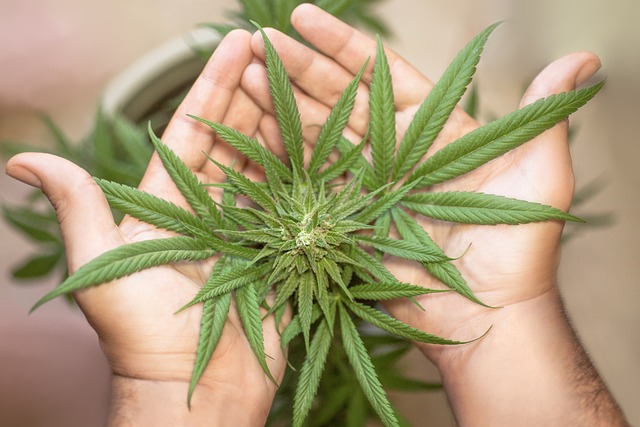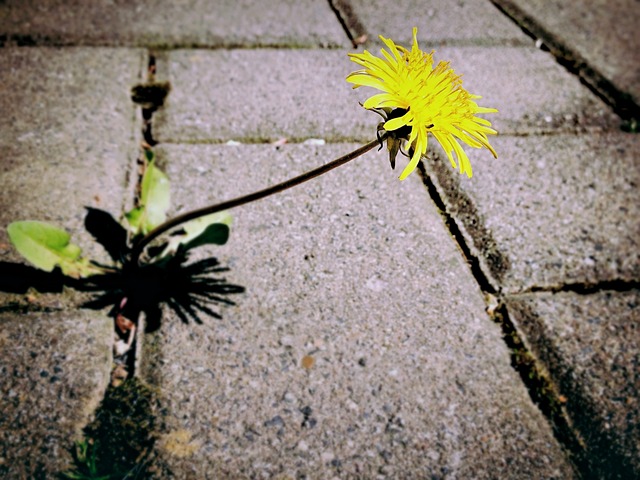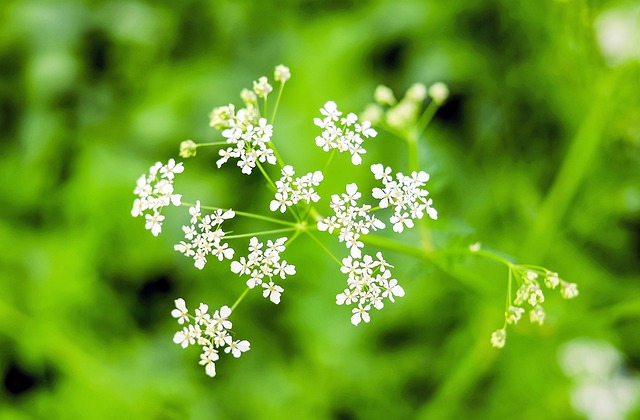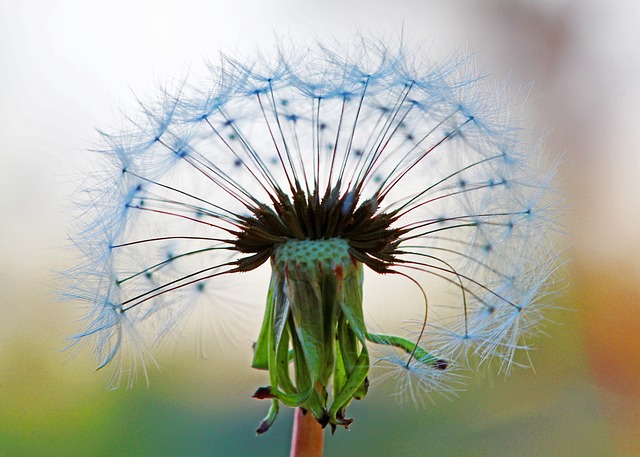The THCA flower, abundant in raw cannabis, is a non-psychoactive cannabinoid with significant therapeutic potential, offering pain relief, anti-inflammatory effects, and mood enhancement similar to CBD but without the mind-altering effects of THC. When combined with CBD, the entourage effect is amplified, potentially enhancing the health benefits users experience due to the synergistic impact of these compounds along with the unique properties of terpenes. This combination is particularly noteworthy for its therapeutic effects, which include modulating pain and offering neuroprotective benefits. The section emphasizes the importance of preserving THCA's integrity during cultivation and consumption to fully harness its potential health benefits, which can be achieved through careful growing practices and proper handling post-harvest. Consumers are encouraged to incorporate THCA flowers into their wellness routines where legal, leveraging CBD and terpenes for a more potent and nuanced therapeutic response. This approach underscores the significance of considering the complete cannabis profile, including the unique properties of THCA flower, for its potential applications in therapeutic contexts.
Discover the transformative properties of THCA flower, a potent precursor to THC found in the cannabis plant. Our comprehensive article delves into the intricate world of cannabinoids and terpenes, exploring how THCA interacts with CBD to amplify their therapeutic benefits through the entourage effect. We’ll guide you through the cultivation process that yields this powerful compound and its optimal consumption methods for a full-spectrum experience. Join us as we unravel the science behind THCA and its unique role in the cannabinoid family, ensuring an enlightening read for both enthusiasts and newcomers to the realm of cannabis wellness.
- Unveiling the Potency of THCA Flower: A Deep Dive into Cannabinoids and Terpenes
- The Science Behind THCA: How It Differs from CBD and Its Role in the Entourage Effect
- Cultivating and Consuming THCA Flowers: Leveraging Their Full Spectrum for Maximized Benefits
Unveiling the Potency of THCA Flower: A Deep Dive into Cannabinoids and Terpenes

THCA, or tetrahydrocannabinolic acid, is a naturally occurring compound found in the cannabis plant that has garnered attention for its potential therapeutic properties. Unlike its well-known counterpart THC, which forms when THCA is heated, it exists in raw cannabis flowers and possesses a unique profile of benefits. THCA flower contains high concentrations of this non-psychoactive cannabinoid, offering a range of effects that can include pain relief, anti-inflammatory properties, and mood enhancement without the intoxicating effects associated with THC.
CBD, or cannabidiol, is another prominent cannabinoid found in the hemp plant, known for its wide array of health benefits. When combined with the full spectrum of terpenes present in THCA flower, the entourage effect is amplified, potentially enhancing the therapeutic properties of both CBD and THCA. Terpenes, the aromatic compounds found in cannabis, play a crucial role in modulating the effects of cannabinoids by influencing how they interact with our body’s endocannabinoid system. This synergistic interaction can lead to a more effective and tailored experience for users seeking relief or wellness support, making THCA flower a subject of increasing interest within the cannabis community.
The Science Behind THCA: How It Differs from CBD and Its Role in the Entourage Effect

The non-psychoactive compound tetrahydrocannabinolic acid A (THCA) exists naturally in raw cannabis flowers and represents one of the most prominent cannabinoids, alongside cannabidiol (CBD). Unlike its better-known isomer delta-9-tetrahydrocannabinol (Delta-9 THC), which induces psychoactive effects, THCA is non-psychoactive but interacts with the body’s endocannabinoid system in complex ways. The science behind THCA’s actions involves its binding affinity for cannabinoid receptors like CB1 and CB2, influencing a wide range of physiological processes without the psychotropic component.
THCA’s role in the entourage effect, a term describing the enhanced efficacy of cannabis when all of its natural compounds—including CBD, terpenes, and trace cannabinoids—work together, is significant. While CBD is known for its calming and soothing properties, THCA contributes to the overall therapeutic potential of the flower by modulating pain responses and potentially offering neuroprotective benefits. The synergy between THCA and other cannabis constituents can amplify their effects, leading to a more potent and nuanced response compared to each compound’s isolated use. The presence of terpenes in particular plays a crucial role in this effect; they not only influence the aroma and flavor profiles but also affect the way THCA and CBD interact with receptors in the body, potentially enhancing their therapeutic properties. This intricate dance between cannabinoids and terpenes underscores the importance of understanding the full cannabis profile, including the unique characteristics of THCA flower, for a comprehensive approach to its potential applications.
Cultivating and Consuming THCA Flowers: Leveraging Their Full Spectrum for Maximized Benefits

The exploration into the world of THCA flowers reveals a unique opportunity for those interested in harnessing the full spectrum of cannabinoids and terpenes. Unlike its psychoactive counterpart, Delta-9-THC, THCA exists in raw cannabis plants and offers distinct benefits without the intensive psychoactive effects. Cultivating THCA flowers involves careful selection of strains high in THCA content, optimized growing conditions, and a harvesting process that preserves the integrity of the compound. These flowers are rich in CBD and terpenes, which complement THCA’s therapeutic properties, providing an entourage effect that can be more beneficial than isolating any single cannabinoid. The cultivation process requires attention to detail, from soil quality to light exposure, to ensure a potent and pure THCA flower.
When consuming THCA flowers, it is crucial to consider the preparation method, as heat can convert THCA into Delta-9-THC. Smoking or vaporizing THCA flowers at lower temperatures can preserve their beneficial properties while minimizing psychoactive effects. Alternatively, THCA flowers can be infused into edibles or used in tea, where lower temperatures prevent decarboxylation, allowing the body to benefit from THCA’s potential health advantages. The synergy of CBD and terpenes present in these flowers enhances their efficacy, making them a preferred choice for those seeking the therapeutic benefits of cannabis without intense psychoactivity. This careful balance of compounds found in THCA flowers is what makes them a sought-after option in wellness routines, especially where legal and regulated use is permitted.
THCA flower, a natural source of cannabinoids and terpenes, offers a compelling addition to discussions on alternative wellness approaches. This article has shed light on the unique potency of THCA, its distinct differences from CBD, and the synergistic effects within the entourage effect. Cultivation practices tailored for THCA flowers ensure consumers can harness their full spectrum benefits. As we’ve explored, understanding the science behind THCA, alongside its complementary role with CBD and terpenes, provides a foundation for informed decisions in holistic health routines. Whether as a standalone or part of a broader cannabinoid profile, THCA flower holds promise for those interested in its potential effects.
